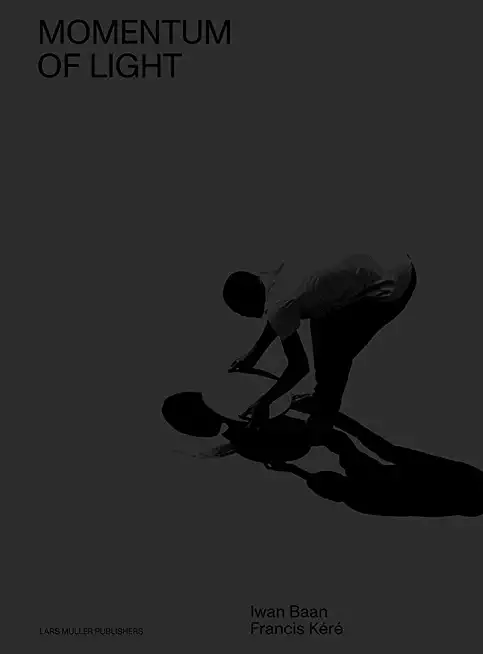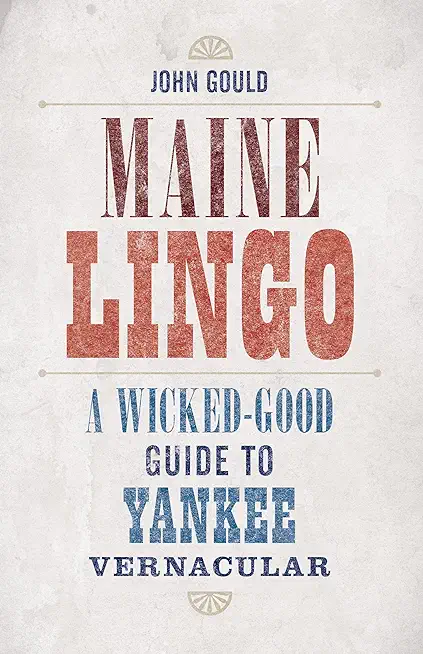
description
0
Two stars of contemporary architecture explore the unique handling of light and heat in the architecture of Burkina Faso
Across the African continent, but especially in the sub-Saharan regions, the light has a particularly stark quality, which becomes most apparent in relation to older buildings. Before electricity, architecture was required to make use of the sun as a light source within a building, while also protecting its inhabitants from the heat. This resulted in vernacular architecture that features very few or small openings, which consequently render the inside of a building near pitch black, while the outside is illuminated by sunshine that bears down mercilessly.
On the initiative of the lighting technology company Zumtobel Group, photographer Iwan Baan (born 1975) and architect Francis Kéré (born 1965), winner of the 2022 Pritzker Architecture Prize, set out to capture how the sun's natural light cycle shapes vernacular architecture in Burkina Faso with little to no artificial light sources. They traveled to three exemplary locations: communal compounds in Gando; the main mosque of Bobo Dioulasso; and the terraced houses in Dano. Baan's pictures are accompanied by architectural sketches by Francis Kéré, who himself grew up in this light environment and whose architecture is inspired by it. The stunning photographs are printed using a special technique, to give a sense of being immersed in the very light conditions documented here.member goods
No member items were found under this heading.
Return Policy
All sales are final
Shipping
No special shipping considerations available.
Shipping fees determined at checkout.







